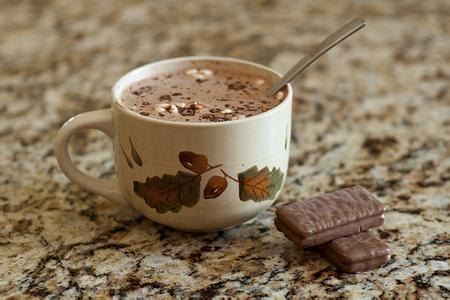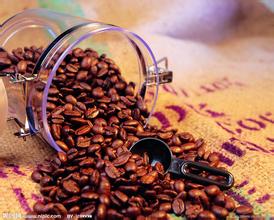Introduction to the common types and names of coffee in China
Blowing cold coffee with your mouth is not elegant enough.
Drink coffee while it is hot. If it is too hot, gently stir it with a coffee spoon to cool it, or wait for it to cool naturally before drinking. If you try to cool your coffee with your mouth, keep in mind that this is an indecent action, not a coffee spoon for scooping coffee.
Add sugar and stir coffee is the "full-time" coffee spoon, use it to scoop a sip of coffee is a rude thing, and do not use it to "help" smash the cube sugar in the cup. When drinking, take it out of the cup and put it on the plate Espresso or Expresso?
If the above 5 points are not clear for the time being, remember to pronounce them correctly first! Espresso is Italian, meaning "under pressure". In a coffee shop, if you ask for "spr so", it means you are in a hurry; Expresso can only make the clerk laugh. Latte (Caffee Latte) vs Ole coffee (Cafe au Lait)
To put it simply, lattes are made of Espresso and steamed milk, while Ole coffee is made of dripping coffee and steamed milk to make lattes (Caffee Latte) vs cappuccinos (Cappuccino)
Lattes and cappuccinos both belong to milk coffee. The main difference lies in the ratio of espresso, milk and milk bubbles. For cappuccino, the amount of espresso, hot milk and foam should be the same (1:1:1), while hot latte milk is more (1:2:1). The latte tastes more compact and delicate, while cappuccino is slightly dry. Espresso (Espresso) vs dripping Coffee (Drip)
Espresso is made by letting hot water flow through a handful of fine coffee powder under high pressure, with high caffeine concentration and coffee fat.
The dripping coffee is to let the boiling water through the coarse ground coffee powder, the caffeine concentration is low, basically does not contain coffee fat, is more suitable for drinking in large quantities. Arabica (Arabica) vs Robusta (Robusta)
In terms of varieties, coffee trees are mainly divided into two types: one is Arabica, the other is Robusta.
Arabica coffee is mainly produced in tropical South America, such as Central Brazil, with smaller bean shape, lower caffeine content and higher price.
Robusta is produced in Madagascar in west-central and eastern Africa, and Indonesia in Asia. It has a large bean shape, about twice the caffeine content of Arabica, and a low price.

Important Notice :
前街咖啡 FrontStreet Coffee has moved to new addredd:
FrontStreet Coffee Address: 315,Donghua East Road,GuangZhou
Tel:020 38364473
- Prev

Main coffee bean producing countries
Major coffee producers: Brazil accounts for about one-third of the world's coffee production. Although it occupies a very important position in the overall coffee trading market, due to the price strategy adopted by the Brazilian coffee processing industry from the beginning, i.e. low price and large planting, the coffee produced is of average quality and less excellent grade, which is generally regarded as an indispensable coffee for blending.
- Next

Coffee Culture-an introduction to the Source of the word Coffee
The coffee tree is an evergreen cotyledon plant native to Ethiopia and belongs to the Coffee genus of the Rubiaceae family in botany, with a height of up to 10 meters, while artificial growers are only two to four meters tall due to pruning. Coffee will probably seed in three to four years, and the yield will decrease after 20 to 25 years, but some coffee trees will still bear fruit after more than a hundred years.
Related
- Beginners will see the "Coffee pull flower" guide!
- What is the difference between ice blog purified milk and ordinary milk coffee?
- Why is the Philippines the largest producer of crops in Liberia?
- For coffee extraction, should the fine powder be retained?
- How does extracted espresso fill pressed powder? How much strength does it take to press the powder?
- How to make jasmine cold extract coffee? Is the jasmine + latte good?
- Will this little toy really make the coffee taste better? How does Lily Drip affect coffee extraction?
- Will the action of slapping the filter cup also affect coffee extraction?
- What's the difference between powder-to-water ratio and powder-to-liquid ratio?
- What is the Ethiopian local species? What does it have to do with Heirloom native species?

